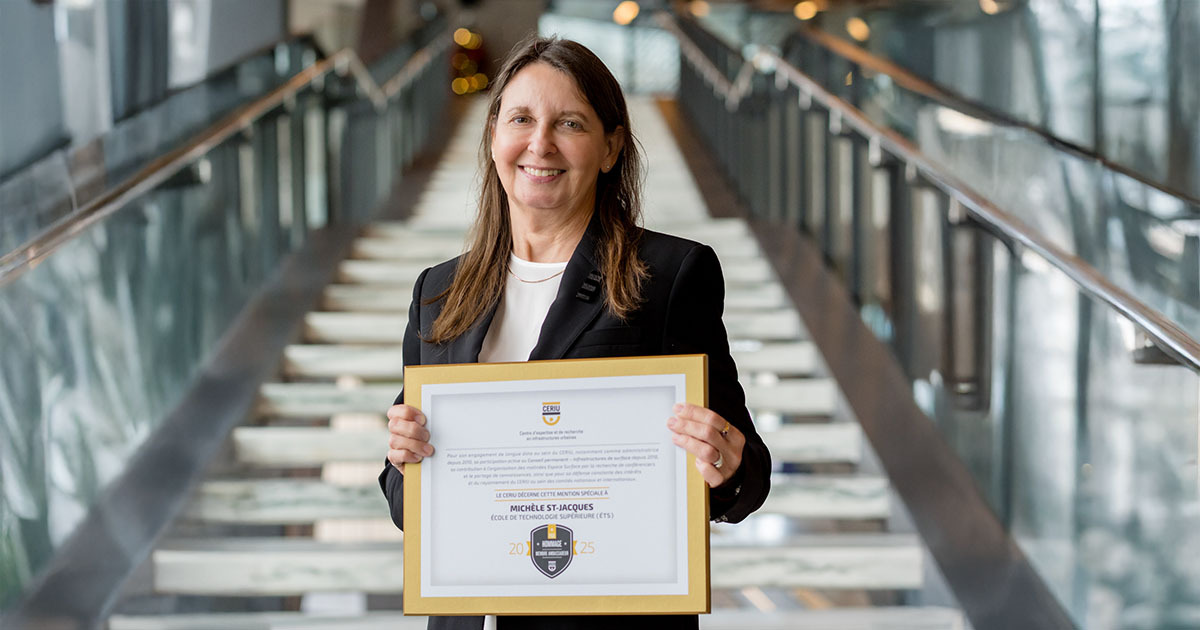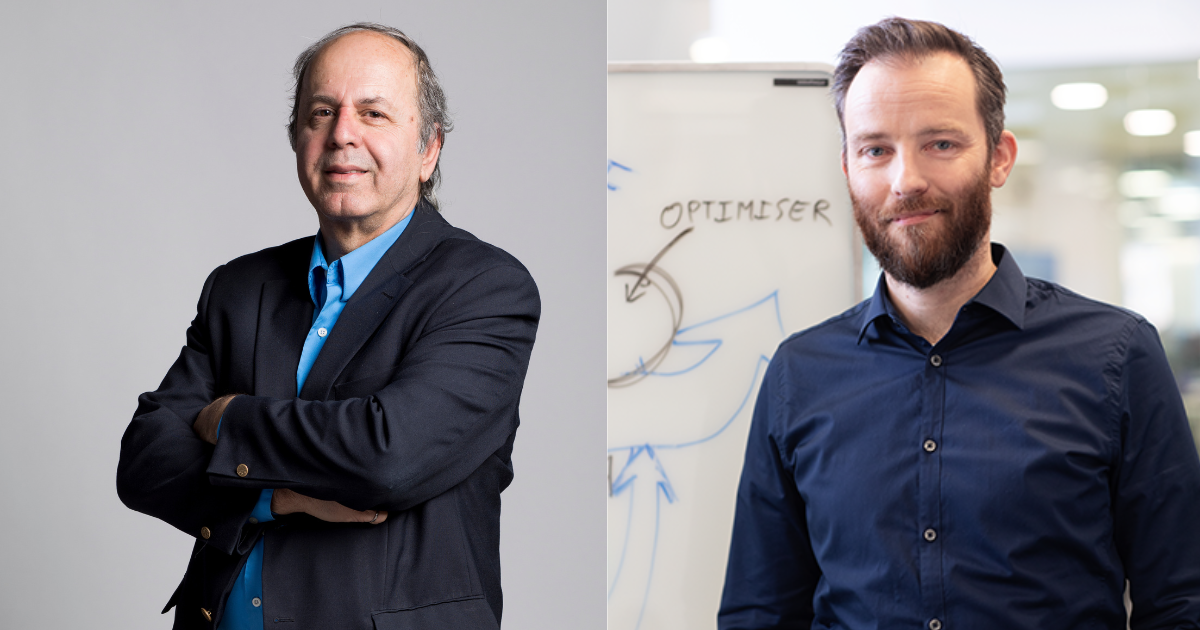Space exploration is going through radical changes, and one major challenge of the coming decades will be the exploration and mapping of lunar tunnels. This is the background to the ARIES (Autonomous Robotic Intelligent Explorer Sphere) project, developed by the ÉTS Laboratory of Intuitive and Natural Interaction with Teleoperated Robots (INIT Robots).
Responding to a call for projects from the European Space Agency, ARIES was designed to evolve over rugged terrain and provide data on these yet unexplored spaces.
The research team is currently working on an innovative cylindrical actuator designed for the robot’s spherical shape. This promising patent-pending solution optimizes internal space for stable mapping sensors.
A Robot for Rough Terrain
Wheeled robots risk getting bogged down on the Moon’s rugged terrain, while flying robots, with their limited autonomy, cannot be used in an environment devoid of atmosphere.
Developed for NASA in 2001, ARIES was inspired by the Tumbleweed robot with a spherical shell to withstand impacts. Although the shape is better suited to rough terrain, it doesn’t provide enough space to integrate stable mapping sensors.
To solve this problem, the ÉTS research team led by Professor David St-Onge developed an innovative cylindrical actuator. This mechanism, inspired by fixed robot manipulators, maximizes the available space inside the sphere, while optimizing sensor stability.
Aerospace Research Applicable on Earth
Although ARIES is not yet ready for space missions, work is underway to make the robot capable of withstanding the Moon’s extreme conditions and mapping its tunnels within five years. The collected data could play a key role in planning for future lunar bases.
But the ambition here extends far beyond the Moon. ARIES could also be adapted for Mars missions, offering a robust solution for exploring harsh environments. Meanwhile, several companies are already showing an interest in terrestrial applications for the robot, such as mining exploration, agricultural monitoring and mapping of rugged terrain.
With ARIES, the ÉTS research team is helping to push back the boundaries of robotic exploration and open up new vistas for space and terrestrial exploration.
The Research Team
The research team, with Aminata Diouf, Simon Bonnaud and Zakary Kamal Ismail, works under the direction of Professors David St-Onge of the Mechanical Engineering Department and Maarouf Saad of the Electrical Engineering Department at ÉTS, both members of the INIT Robots laboratory.
The original design was developed in collaboration with Bruno Belzile, a postdoctoral fellow in the laboratory, now associate professor in the Mechanical Engineering Department and senior robotic control developer at Kinova Robotique.
The project is supported by the Natural Sciences and Engineering Research Council of Canada (NSERC) and the Canadian Space Agency, with a special grant obtained by Professor Giovanni Beltrame of Polytechnique Montréal, Director of the MIST laboratory and the Astrolith Institute.





